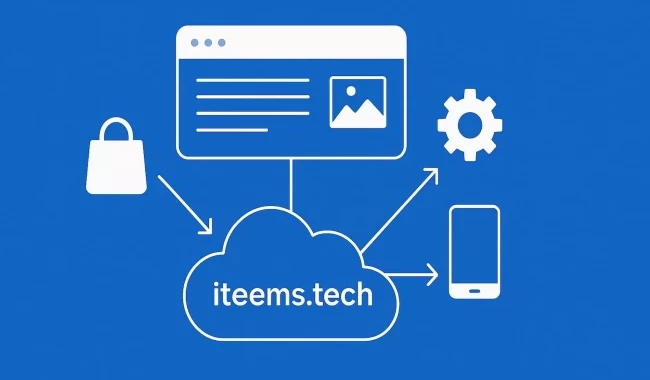How We Built a PIM System – Part 1: Why We Started

At upline.studio, we've developed dozens of eCommerce websites over the years—each with unique business logic, integration challenges, and product catalogs ranging from a few dozen items to tens of thousands. As our portfolio grew, one issue became increasingly clear:
Managing product data separately for every platform is a dead-end.
Eventually, we faced the same question on multiple projects:
How can we manage and distribute product data more effectively across multiple channels?
That’s how the idea of building our own PIM system (Product Information Management) was born.
The Core Problem: Product Data Chaos
Here’s what happens in most eCommerce projects:
- The website has its own database of products.
- Marketplaces need their own format and sync logic.
- Advertising platforms (like Meta, Google Shopping, TikTok) require custom feeds.
- CRM or ERP systems also need product data—sometimes in real-time, sometimes as CSV/XML files.
- Any change (price, description, availability) must be replicated manually or via fragile scripts.
As the number of integrations grows, so does the mess. Updates fall out of sync. Errors multiply. Business owners lose confidence in their data. Developers waste time fixing things instead of building features.
We knew there had to be a better way.
The Vision: One Source of Truth
Our goal was simple but ambitious:
- Create a centralized product database where all product information lives—titles, descriptions, media, prices, stock, variations, tags, categories, relationships.
- Allow this data to be distributed automatically via API or customizable feeds to any platform that needs it—be it a Shopify store, a custom Laravel app, a mobile app, or a third-party marketplace.
- Make the system flexible enough for both developers and content teams to use with confidence.
In short, we wanted to build a single source of truth for product data. One place to manage everything. One place to update. One place to control access, languages, versions, media, and more.
When Repetition Becomes a Signal
Sometimes, when you're building the same solution over and over again—slightly differently each time—it’s a sign that it should become a product.
That’s what happened here. Across many client projects, we were essentially re-inventing product sync systems and writing custom logic for each integration. We weren’t just solving client problems—we were building a case for a reusable platform.
What’s Next
This is just part one of the story. In future chapters, we’ll walk through:
- How we designed the system architecture
- How we chose between open-source vs. custom-built solutions
- How we made the platform API-first
- How we ensured data validation and versioning
- How clients are already benefiting from it today
If you're an eCommerce business or agency tired of messy data and disconnected systems—stay tuned. This might be the exact kind of system you’ve been waiting for.
Want early access or a demo?
👉 Let’s talk